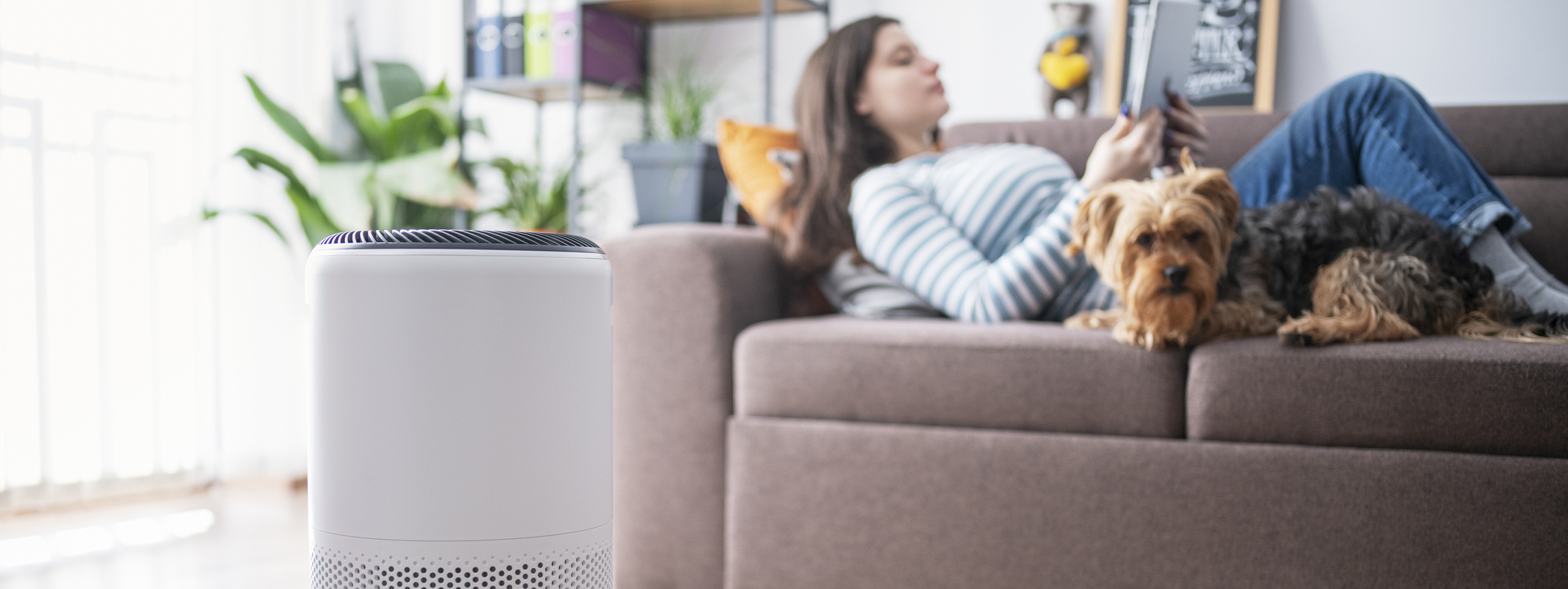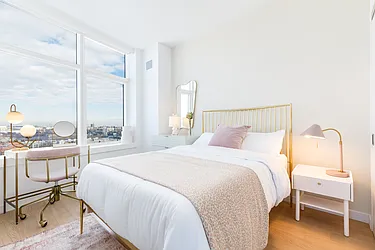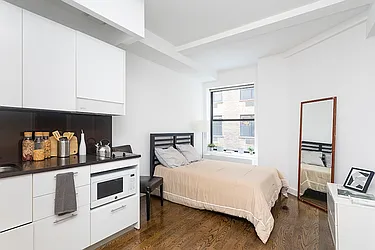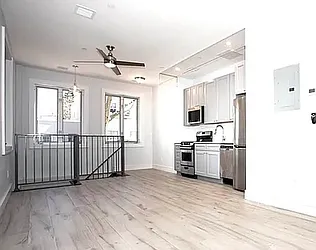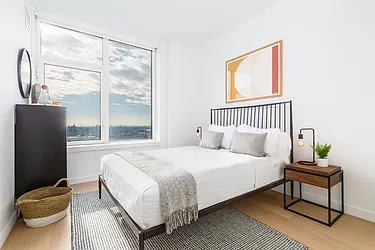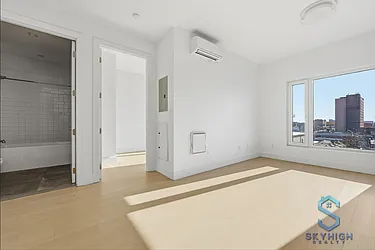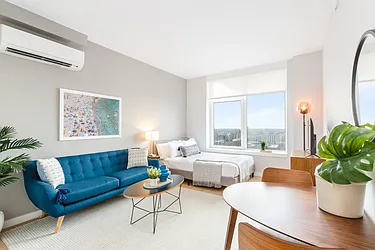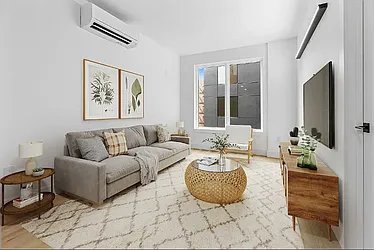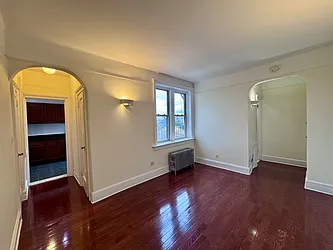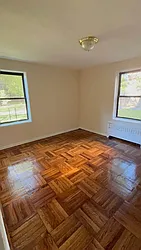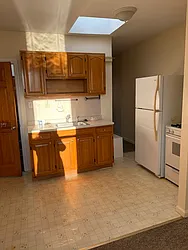As the Canadian wildfires continue to smolder this week, New York City’s air quality has been noticeably impacted. In fact, the New York Department of Environmental Conservation has recently issued an Air Quality Health Advisory, urging residents to take necessary precautions.
“This smog is a health hazard because smoke releases pollutants into the air called PM2.5, which cause irritation and inflammation of the lining of the airways and make it hard to breathe,” says Dr. Susannah Hills, a respected NYC respiratory health expert. It is particularly concerning for those with underlying inflammation from diseases like asthma.
The combination of these devastating wildfires, the subsequent air pollution they generate, and existing threats like pollen, other allergens, and viruses emphasizes the critical need to prioritize and maintain healthy indoor air quality in our homes.
Given the prevalence of these environmental challenges, it becomes increasingly important for residents of NYC apartments to take proactive measures to improve the air quality within their living spaces. With this in mind, we have compiled a comprehensive list of strategies and practical tips to help mitigate the effects of poor air quality and safeguard your well-being.
5 Tips to Improve Air Quality in Your NYC Apartment
Monitor Air Quality
First and foremost, keep track of air quality levels in your neighborhood. Various apps, such as BreezoMeter and Plume Labs’ Air Report, provide real-time air quality data and forecasts. If the air quality outside is poor, it’s crucial to keep windows closed to prevent the intake of hazardous particulates.
Invest in an Air Purifier
Investing in an air purifier is an efficient way to improve indoor air quality in your NYC apartment. These devices filter out pollutants, allergens, and microscopic particles, ensuring cleaner and healthier air for you and your family. Make sure you buy one with a High-Efficiency Particulate Air (HEPA) filter. These filters are designed to capture 99.97% of particles that are 0.3 microns in size, helping to filter out allergens, mold spores, dust, pet dander, and even some bacteria and viruses.
NYC Apartments under $3000 on StreetEasy Article continues below
Use Air Conditioning (if it’s central air)
If you have central air, running your air conditioner can be a lifesaver during hot summer days or when the outdoor air quality is particularly bad. Not only does it keep your apartment cool, but it also helps filter the air. However, the effectiveness of this process depends on your air filter’s cleanliness. Be sure to change or clean your air filter regularly. While many renters might assume this is the landlord’s responsibility, most leases place the onus on tenants.
If you have a window air conditioning unit, try to close the outdoor air damper during smoky or hazardous outside conditions. Also, make sure the seal between the window and the air conditioner is as tight as possible. If you aren’t able to close the damper, do not use the window unit, as it may pull in contaminated air from outside. Use a fan instead, or if it’s still too hot, wear a mask (N95 or KN95 is best) and go to a centrally air conditioned place like a library or community center.
Regularly Clean and Dust
Routine cleaning is also crucial in maintaining a healthy indoor air environment. Dust, a common indoor air pollutant, is a mixture of dead skin cells, hair, clothing fibers, bacteria, dust mites, bits of dead bugs, soil particles, pollen, and microscopic specks of plastic. It not only triggers allergies and asthma but also carries hazardous chemicals. Therefore, you should make dusting and vacuuming a regular habit.
For dusting, use a damp cloth or an electrostatic duster designed to hold onto dust rather than push it around. When vacuuming, using a vacuum with a HEPA filter is highly recommended. HEPA-filtered vacuums prevent dust from getting back into the air.
Buy Plants
Introducing indoor plants not only adds a touch of greenery but also helps improve air quality in your NYC apartment. Plants naturally filter the air by absorbing carbon dioxide and releasing oxygen. Certain plants, such as snake, pothos, and spider plants, are particularly effective in removing common indoor pollutants like formaldehyde and benzene. Choose low-maintenance plants that thrive indoors and strategically place them throughout your apartment.
